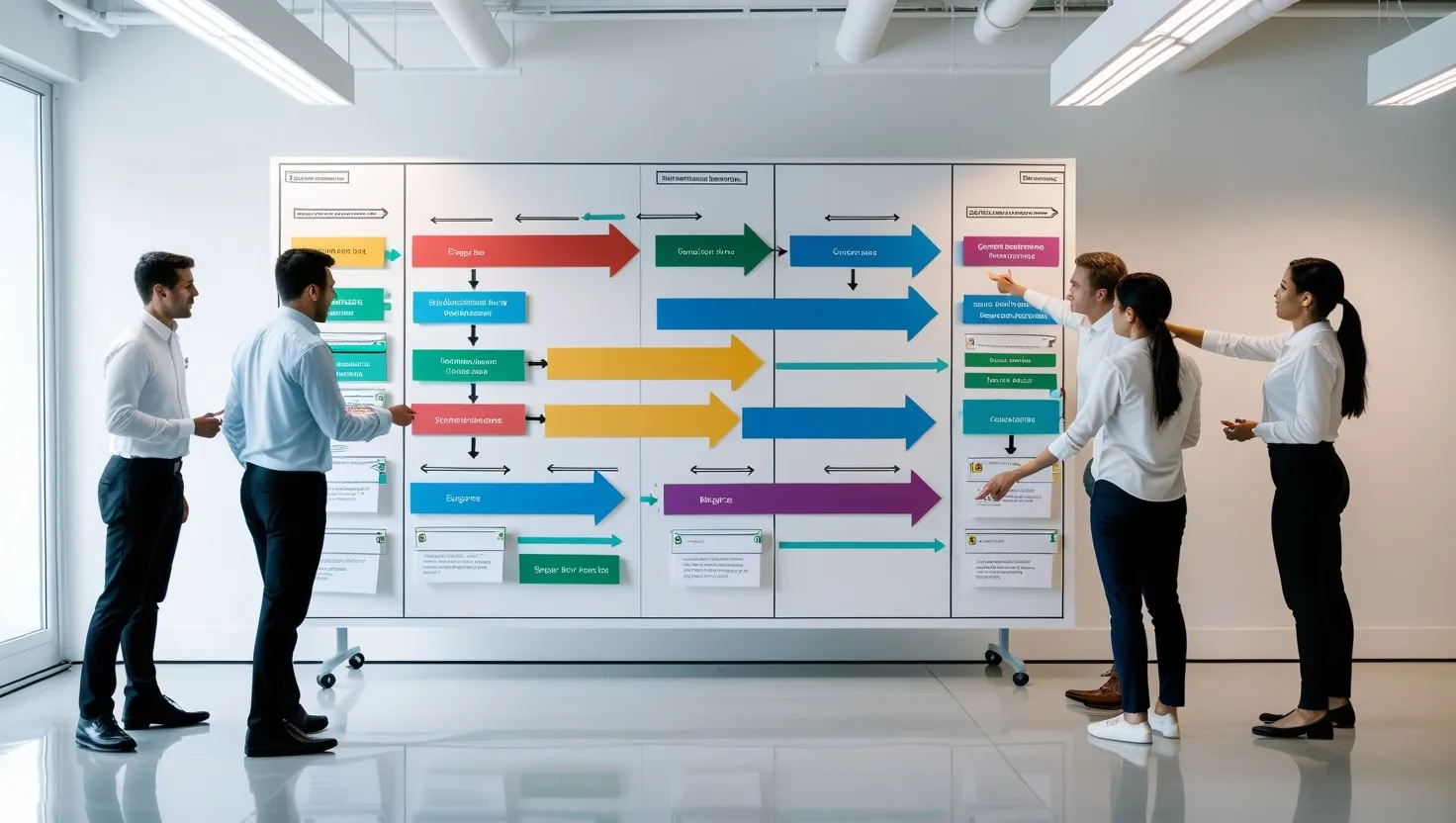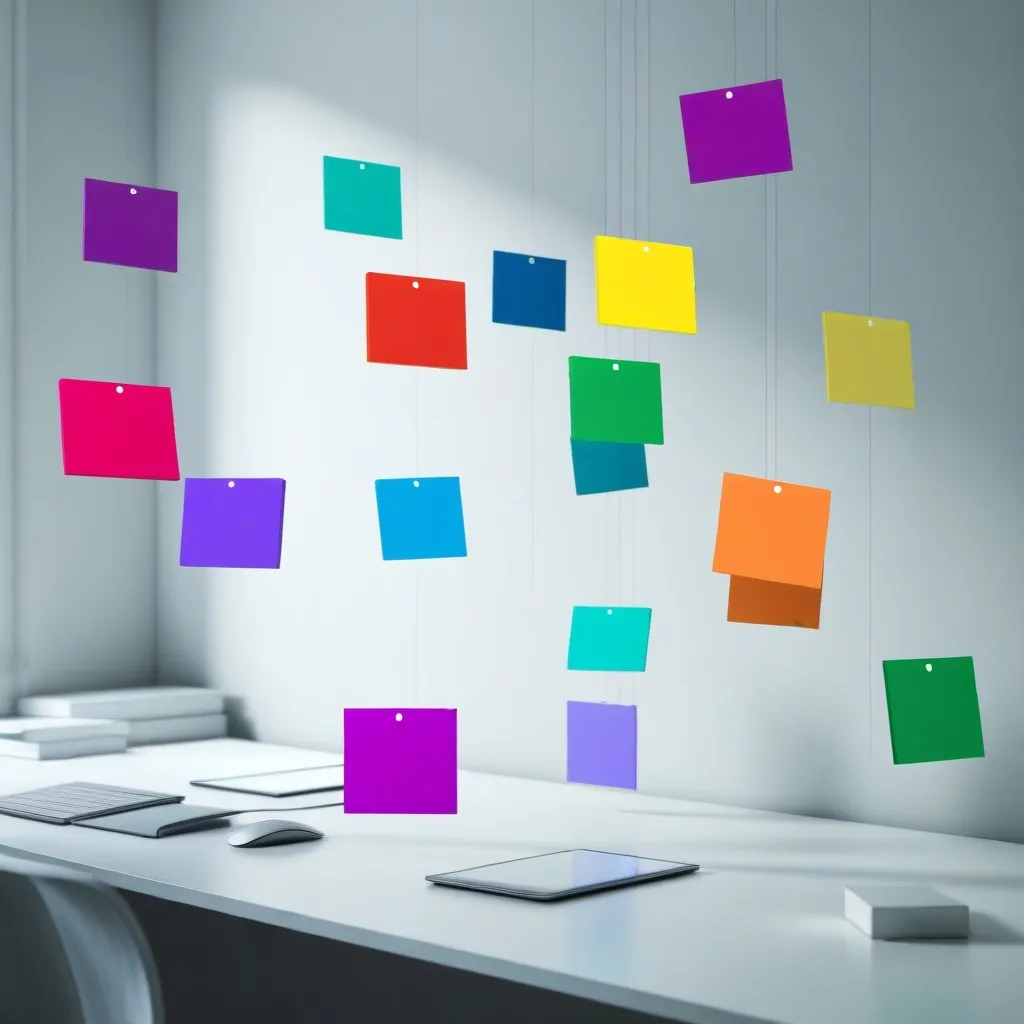In the relentless pursuit of productivity, we often find ourselves trapped in a cycle of good intentions and poor execution. However, there is a subtle yet powerful tool that can transform our daily routines: habit triggers. These triggers are the silent guardians of our productivity, automating good habits and reducing the need for constant decision-making.
The Power of Visual Cues
Imagine walking into your office and being greeted by a water bottle prominently placed on your desk. This simple visual cue can trigger a habit of regular hydration, a small but significant step towards a healthier and more focused you. Similarly, a book in a visible spot can encourage daily reading, turning what might seem like a leisure activity into a consistent habit. These visual cues work because they tap into our brain’s tendency to respond automatically to familiar stimuli.
“As the saying goes, ‘You are the average of the five people you spend the most time with,’ but I’d add that you are also the average of the habits you cultivate,” reflects a productivity enthusiast. “By placing objects strategically, you’re not just decorating your space; you’re designing your behavior.”
Time-Based Triggers
Our days are often structured around time, and leveraging this can be incredibly effective. Linking productive habits to specific times of the day creates a routine that becomes almost involuntary. For instance, checking your task list every day at 9 AM or reviewing your goals at 8 PM can become second nature. This consistency is key because it allows your brain to automate these tasks, freeing up mental bandwidth for more complex and creative work.
“Time is a finite resource, but it’s also a highly malleable one,” notes a time management expert. “By anchoring habits to specific times, you’re not just managing your time; you’re managing your life.”
Location-Based Actions
The places we frequent can also serve as powerful triggers. Entering your home office could trigger a quick review of your priorities, while arriving at a coffee shop might signal the start of focused work. These location-based actions capitalize on the brain’s ability to associate certain environments with specific behaviors, making it easier to transition into productive modes.
“The environment is the invisible hand that shapes human behavior,” says a behavioral scientist. “By associating locations with tasks, you’re harnessing this power to drive your productivity.”
Technology Prompts
In today’s digital age, technology can be both a distraction and a tool. By using your devices to create automatic reminders, you can ensure that your productive habits are consistently triggered. Setting your phone’s lock screen to display your top goal or using smart home devices to announce the start of your deep work session can be highly effective. These technological prompts serve as constant reminders, keeping you on track even when your mind might wander.
“Technology is a double-edged sword,” admits a tech enthusiast. “But when used wisely, it can be a powerful ally in your quest for productivity.”
Habit Stacking
One of the most effective strategies for building new habits is to stack them onto existing ones. For example, after pouring your morning coffee, you could immediately write down your three most important tasks for the day. This technique, known as habit stacking, leverages the mental pathways that are already well-developed, making it easier to adopt new behaviors.
“Small wins are a steady application of a small advantage,” says Charles Duhigg, author of “The Power of Habit.” “Once you’ve created a new habit, it’s easier to build upon it.”
Emotional State Triggers
Our emotional states can also serve as potent triggers. When feeling stressed, you might trigger a short meditation session to calm your mind. Conversely, when feeling energized, you could tackle a challenging task that requires creativity and focus. By linking productive actions to specific emotional states, you’re tapping into the natural ebbs and flows of your day.
“Emotions are the fuel that drives our actions,” notes a psychologist. “By using them as triggers, you’re aligning your habits with your natural rhythms.”
Completion Cues
The completion of one task can be a powerful trigger for starting another. Finishing a workout, for instance, could prompt you to update your progress tracker. This technique ensures that you maintain momentum and keep your workflow seamless.
“Success is the sum of small efforts, repeated day in and day out,” says Robert Collier. “By using completion cues, you’re turning these small efforts into a continuous cycle of productivity.”
Social Triggers
Interactions with others can also be leveraged as triggers. A daily check-in with a colleague could trigger a review of team priorities, ensuring that everyone is aligned and working towards the same goals. These social triggers not only enhance productivity but also foster a sense of community and collaboration.
“People influence people,” says a team leader. “By using social interactions as triggers, you’re not just building habits; you’re building a culture of productivity.”
The Cumulative Effect
Implementing these habit triggers can have a profound impact on your productivity. By automating good habits, you reduce decision fatigue and free up mental resources for more complex tasks. It’s a subtle yet powerful shift that can transform your daily routine from a series of disjointed tasks into a seamless flow of productivity.
“Productivity is not about being busy; it’s about being effective,” reflects a productivity coach. “By using habit triggers, you’re not just managing your time; you’re managing your life.”
As you embark on this journey of automating your productivity, remember that the key is consistency and patience. Habits take time to form, but once they do, they become the silent drivers of your success.
So, what habits will you trigger today? How will you design your environment and your day to automate your path to productivity? The answers lie in the subtle cues and triggers that you can integrate into your daily routine. By doing so, you’re not just building habits; you’re building a more efficient, more productive you.






